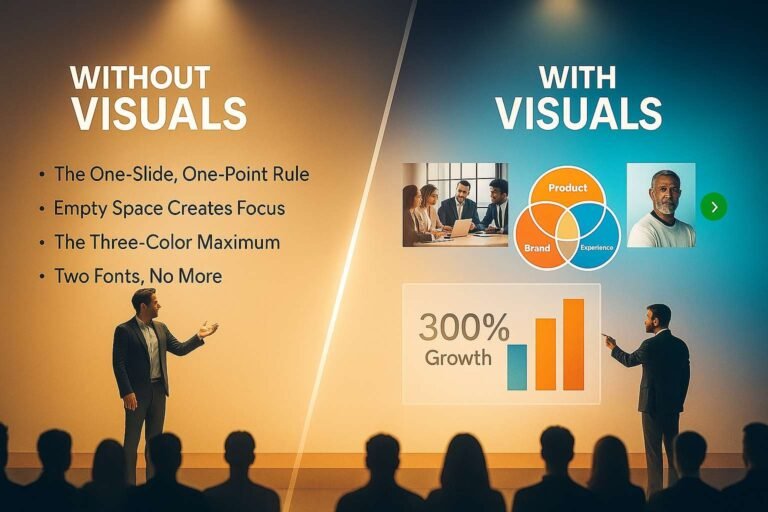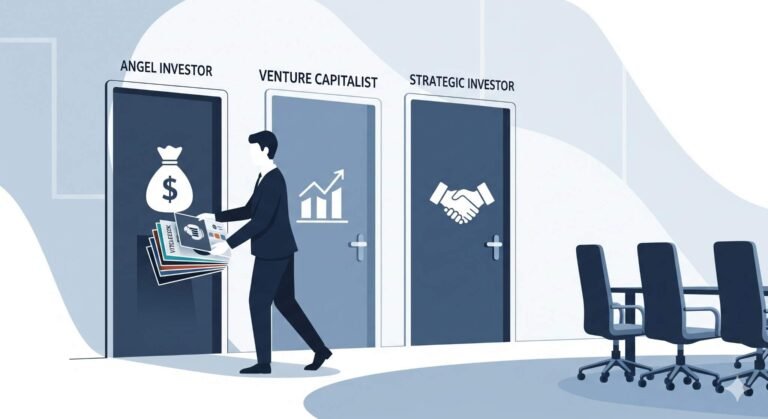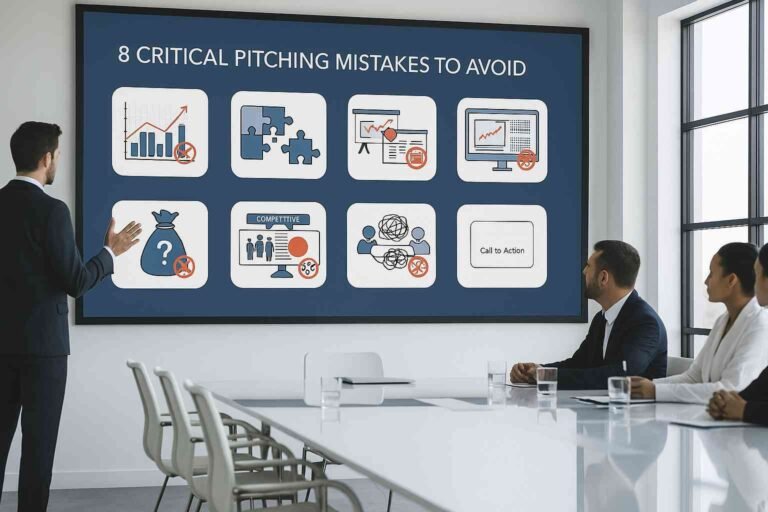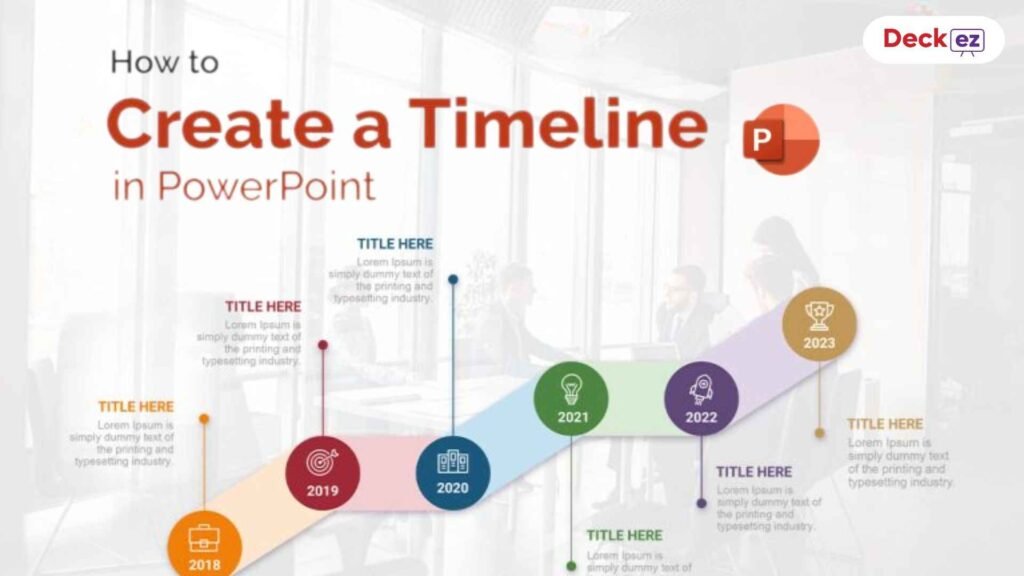Introduction
A business presentation often proves to be a very challenging task because one should both present information and keep the audience interested. Among the best ways to achieve this goal is through storytelling. Therefore, stories can make highly complex ideas look manageable, memorable, and even impactful. This blog will discuss how to weave in a little bit of storytelling through your business presentations for better audience engagement and a carryover effect.
The Power of Storytelling in Business Presentations
Storytelling has been the very basis of human communication for ages. This is the means to convey ideas, evoke emotions, and drive actions. Storytelling is where the presentation takes business talk beyond being just a boring narration of facts into something that appeals and has the listener listen and resonate.
Psychologists find that stories work on parts of the brain so that listeners experience, think about, and actually feel as though they are participating in the narrative. That is the reason storytelling evokes emotional connectivity and retention so well. As a vivid example, one could remember Steve Jobs presenting the iPhone in 2007, and if apple had a pitch deck, it would convince the investors. He never overwhelmed the audience with the list of technical characteristics but represented a new revolutionary product that contained all three products together—an iPod, a phone, and an internet communicator. Innovation and disruption are very successful stories told to the audience to make the iPhone launch day unforgettable.
Why Storytelling Captures and Holds Attention
Why do people listen so intently to a story but zone out when there’s a great deal of data in the presentation? It’s in the way information is processed in the brain. A story creates emotions, and therefore, it is more memorable and exciting. Data-based stimuli appeal to only logic, which most of the time does not hold attention for a long time.
A well-crafted story has a beginning, middle, and end as it follows life. Such structure is quite captivating because it has a striking resemblance to our basic human instincts of naturally searching for answers and closure. For instance, one of the most-watched TED Talks of all time is Simon Sinek’s “Start with Why,” a presentation that tells a compelling story about purpose and inspiration. That’s why this is the best example of a professional presentation. Sinek begins with scenarios of relatability, increases the tension with insightful observations, and culminates in solutions. This is the secret of Steve Jobs and Simon Sinek to be the best presenters.
Understanding Your Audience: The Foundation of Great Stories
The first step to crafting an engaging presentation is understanding your audience. Without knowing who you’re speaking to, it’s impossible to create a narrative that resonates. Take the time to research your audience’s demographics, interests, challenges, and goals. Are they senior executives seeking strategic insights, or are they potential clients looking for solutions to specific problems? Tailor your story to address their needs directly.
For example, when talking about a new software product that can be introduced to a small group of owners running a small business, tell them stories related to the time-saving and cost-reduction attributes. For example, take the role of a character in a small business who used the help of your product and successfully overcame problems.
Structuring Your Presentation Like a Story
Every compelling story follows a structure, and your presentation should too. Here’s how to apply the basic elements of storytelling to your presentation:
The Beginning: Begin by setting the stage. Introduce the context of your presentation and why it matters to your audience. Use an opening that is sure to get people’s attention: surprising statistics, a thought-provoking question, or a relatable anecdote.
The Middle: Present the problem or conflict of your audience and build tension in the form of stakes, followed by your solution as the way out of that problem. Provide evidence, case studies, or testimonials to validate your claims.
The End: Deliver a powerful conclusion that ties everything together. Reinforce your key message and leave your audience with a call to action that inspires them to act.
For instance, if pitching a sustainability initiative, one must begin with a story on how environmental degradation impacts a user and then proceed to speak about the difficulties companies would face in reducing carbon footprint, then end by presenting a sustainability initiative, which they would leverage on data and real results.
Using Characters and Emotions to Make Data Relatable
Numbers and data are integral parts of business presentations, but they are cold and overwhelming if not given a context. Introducing characters in your story makes the data warm and emotionally moving.
For instance, do not say, “Our software added up to a 30% increase in efficiency.” Instead, describe the story of a specific client who was inefficient until he or she installed your software to use. Follow the journey, the challenges they had, and the end result; these are tips for making data more readable and memorable.
Incorporating Visual Storytelling for Greater Impact
Visuals can really make the difference in storytelling since they provide your narrative with reinforcing key points and make otherwise abstract concepts a tangible reality, although it relies heavily on how it’s designed and implemented.
Use appropriate images, charts, and videos to make your story more engaging. For instance, an information graphic can present difficult data far better than a table of statistics. A video testimonial of a happy client can add authenticity and emotion to your presentation. Avoid overloading your slides with too much text or overuse of too many graphics that can serve to weaken your message.
Simplifying Complex Ideas Through Narratives
Presenting complex ideas in language with which your listeners can work in business presentations is one of the biggest challenges for any presenter. Storytelling can help explain intricate concepts that are difficult for one’s audience to understand in any other way: use analogies, metaphors, and current events.
For example, when describing a new technology, compare it to something familiar. Instead of saying, “Our AI algorithm uses machine learning to predict user behavior,” say, “Our AI acts like a personal assistant who learns your preferences over time to provide better recommendations.
The Role of Authenticity in Effective Storytelling
Authenticity is what trust and credibility are made of. Your audience can feel if a story rings true or if it is fake. Stay within your brand’s voice and value, and, whenever possible, use real examples. Authenticity not only gives trust but also makes your presentation more relatable and engaging.
For instance, when you are sharing your company’s journey, share the problems and failures that you encountered during this journey. This will humanize your brand, and people will find your story more interesting.
Practicing and Refining Your Story-Driven Presentation
Even the best storytelling will have no impact without proper delivery. Practicing is therefore an important step towards gaining confidence and fluency while presenting. It is best done in front of a colleague or self-recorded and reviewed for improvement points. Pay attention to your speed, tone, and body language.
Get peer feedback and iterate on your presentation so that the delivery comes across as smooth and easy. Remember, Steve Jobs even rehearsed to the point that he delivered his legendary presentations almost seamlessly.
Conclusion
Storytelling transforms a rather plain business presentation into something meaningful and memorable. Once you plan a presentation by way of the form of storytelling and use accompanying pictures, coupled with authenticity, the audience feels attached to what the speaker wants them to perceive in a given subject matter or pitch. Therefore, storytelling stands to be the best route taken for either presenting an idea or sharing a subject insight during any team meeting or an ideas-pitch session.
FAQs
1. Why is storytelling important in business presentations?
Storytelling engages emotions, simplifies complex ideas, and makes your message more relatable and memorable.
2. How do I create a compelling story for my presentation?
Focus on a clear narrative arc: set the stage, present challenges, and conclude with actionable solutions.
3. Can storytelling work with data-heavy presentations?
Yes, combining data with relatable stories or characters makes even complex information engaging and impactful.
4. What visuals work best for storytelling presentations?
Use visuals like infographics, images, and videos that align with and enhance your narrative.
5. How can I ensure my storytelling feels authentic?
Stay true to your brand’s voice and values, and use real-world examples to build credibility.









